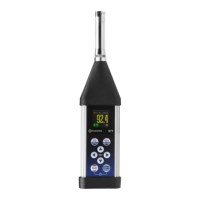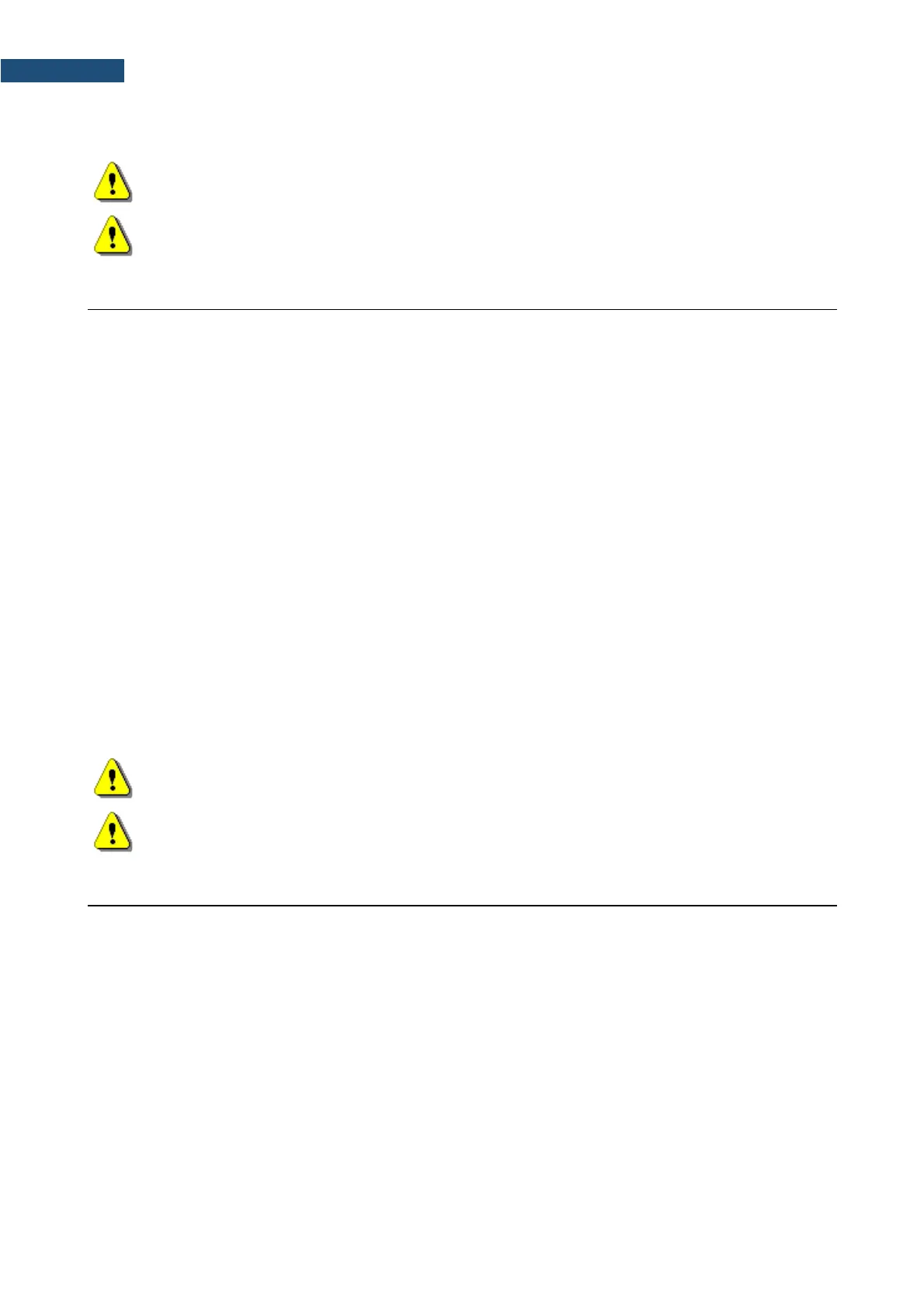SV 971A User Manual – Appendixes
Counter of the class is a four-byte word containing the number of the measurements belonging to the
current class.
Note: The bytes in the words are sent <LSB> (least significant byte) first.
Note: ASCII part of the response ends with semicolon “;”. Status byte, transmission counter and data
bytes are coded in binary form.
A.7. FUNCTION #7 – SPECIAL CONTROL FUNCTIONS
#7 function enables the user to perform special control functions. Some of them should be used with the
extreme care.
#7 function format is defined as follows.
To read settings a query should be send to the device:
#7,<code>;
where <code> is a two ASCII letter code.
The device responds with a control settings:
#7,<code>,set1[,set2[,set3[,...[,setN]]]];
where <code> is the same code sent in the query and set1, set2,... setN are settings.
To write settings to the device follow the opposite procedure. Send to the device:
#7,<code>,set1[,set2[,set3[,...[,setN]]]];
In case of success the device responds with:
#7,<code>;
In case of an unknown function or error the device returns:
#7,?;
Codes and settings for #7 function are described in the A.3 Control setting codes.
Note: #7 function protocol consist of ASCII characters only.
Note: Some of the #7 functions are blocked during measurements running state (#1,S1;). Stop the
measurements (#1,S0;) before changing these settings.
A.8. FUNCTION #9 – SETUP FILE WRITE-IN
#9 function enables the user to write a configuration file into the instrument’s storage or non-volatile memory.
The data file formats are given in Appendix B.
#9 function formats are defined as follows:
#9,<FILE_TYPE>,<FILE_LENGTH>,<DATA>
where:
<FILE_TYPE> type of the file
2 - setup file (file is saved on SD card; does not change current setup),
4 - current setup file,
<FILE_LENGTH> length of the file in bytes,
<DATA> binary content of the file.

